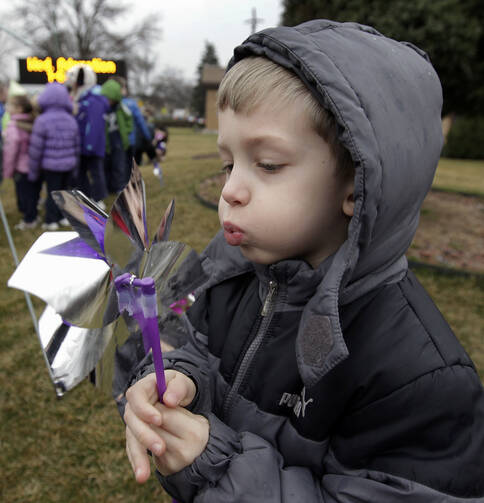Bipartisan Child Care
On Nov. 19 President Obama signed the Child Care and Development Block Grant Act, a new law meant to improve the current $5.2 billion federal child care program, which was last updated in 1996. Over 1.5 million children under the age of 13 received help through this program last year. According to the U.S. House Education and the Workforce Committee, however, “weaknesses in the program have raised the need for reform,” and because of patchwork licensing and oversight “children are not always as protected as they should be.”
The law addresses these shortcomings, first by providing additional resources to better educate parents on what child care options are available. Changes will also be made to caregiving facilities and staff. Facilities will face yearly inspections, while staff will receive additional training in age-appropriate techniques for fostering the brain development of each child. Funds will be allocated to enhance the ability of states to train providers and develop safer and more effective child care services.
These measures are important first steps in revamping the U.S. child care system, though more action is needed to expand access to affordable, quality services for working families. The act also represents a rare legislative victory in a historically unproductive session of Congress. The bill was met with almost unanimous support in both the Senate and the House. In a time when government gridlock seems to be the norm, bipartisanship in service of the nation’s children is welcome.
One of Us
Our faith calls us to see Christ in others—not always an easy task. But seeing ourselves as made in Christ’s image can also be a challenge. Some young Catholics may find help in a newly released Bible. The African-American Youth Bible depicts Jesus as an African-American man and offers commentary and artwork that are meant to put Scripture into relevant context for young black Catholics. The project, developed over four years, was spearheaded by Bishop John H. Ricard of the Diocese of Pensacola-Tallahassee, Fla., president of the National Black Catholic Congress, and St. Mary’s Press, which published the Bible. “In the Bible, it speaks of slavery and it seeks to explain more fully what it means to the history of African-Americans in the United States,” Bishop Ricard told Catholic News Service.
Today many young people struggle to understand the relevance of Scripture, and this Bible may help them to make meaningful connections between faith and real life. “The Eucharist calls us to see everyone as our brothers and sisters,” Pope Francis reminded us during a general audience, “and to see in them the face of Christ.” As the United States continues to grapple with its legacy of racial injustice and persistent inequality in our society, this new Bible may prove a valuable learning tool and jumping-off point for discussion of race and faith among all Catholics, regardless of background, ethnicity or age. During the Advent season, the project serves as an important reminder that, even as we wait for the birth of Christ, he is already present in each of us every day.
Israel’s Referendum
After weeks of unrest and a rising sense of widespread insecurity and pessimism, Prime Minister Benjamin Netanyahu of Israel broke up his government on Dec. 2 and called for early elections. His decision may prove yet another stroke of cunning by a political survivor—or a poor gamble that leads to the electoral overthrow of Netanyahu’s administration. The Likud-led coalition currently in power may be remembered as the government that put an end to the two-state solution. In doing so, however, its members have been unable to offer an alternative vision of the future of the State of Israel except as custodian of its grim status quo or, worse, a separate and unequal society.
In November tension over a possible change of the status quo at the Temple Mount in Jerusalem led to deplorable acts of terror by Palestinians. In response the Netanyahu government returned to practices of collective punishment that have been condemned by the world and abandoned by previous Israeli governments as counterproductive. Instead of seeking a way to de-escalate the crisis, the prime minister ratcheted it up by introducing new legislation meant to cement the Jewish identity of Israel and further isolate Israel’s increasingly restive Arab population. Those proposals were denounced by centrist members of his coalition, prompting the prime minister’s call for elections in March.
It is hard to imagine that political conditions in the region could turn any gloomier than they are at the moment, but the possibility exists that after the elections Prime Minister Netanyahu could be returned to office in a government that will have no coalition members to restrain its worst impulses. That will mean more settlements and more power for Zionist radicals in all aspects of Israeli life.
At the very least, the results of the election should make clear whether any “partners for peace” remain in Israel, so that the United States can power ahead with negotiations toward a two-state solution or put an end to a peace process that has become a political mockery.








